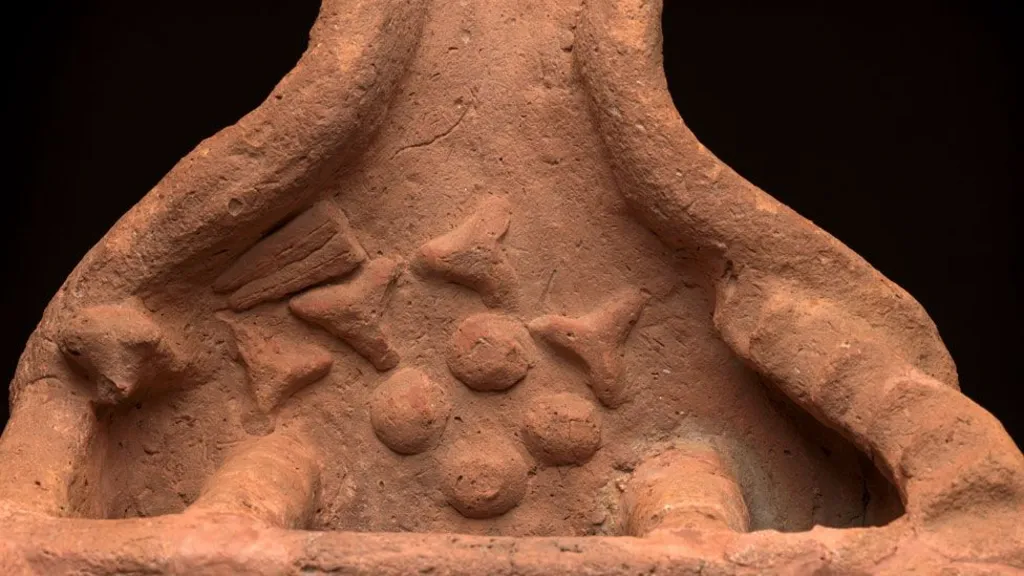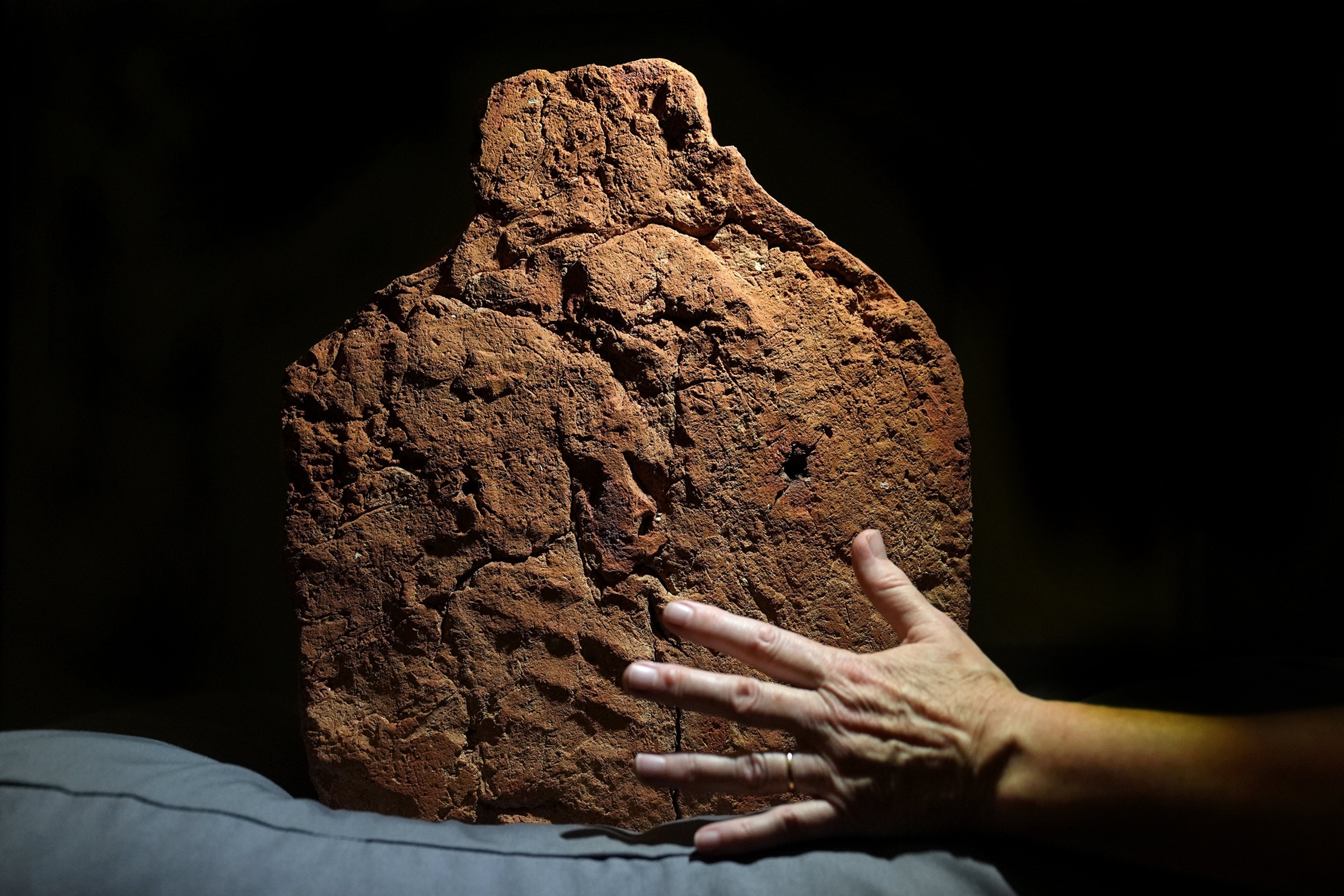A 4,000-year-old handprint, pressed into clay by an ancient Egyptian artisan and preserved for millennia, was discovered on 27 July on a funerary object during preparations for the Made in Ancient Egypt exhibition at Cambridge’s Fitzwilliam Museum on 3 October.
The imprint, hailed by curators as both “rare and exciting”, is believed to have been left inadvertently by the artisan who shaped the object, while touching the clay before it had fully dried. The artifact, known as a “soul house,” is a ceramic model of a dwelling placed in tombs during Egypt’s Middle Kingdom period, around 2055 to 1650 B.C., to offer sustenance and shelter to the dead in the afterlife.
Helen Strudwick, lead Egyptologist at the Fitzwilliam Museum and curator of the upcoming exhibition Made in Ancient Egypt, said the full handprint was found on the underside of the model, a place rarely visible to observers.
“We’ve spotted traces of fingerprints left in wet varnish or on a coffin in the decoration, but it is rare and exciting to find a complete handprint underneath this soul house,” Strudwick said.
The clay soul house features an open forecourt intended for offerings of food, loaves of bread, lettuce, and a bull’s head, in this example, meant to nourish the deceased in the afterlife. Researchers believe the structure was built by first assembling a framework of wooden sticks, which was then covered in clay to form a two-story building supported by columns.

The handprint, Strudwick said, was likely made as the artisan lifted the model to move it outside the workshop for drying, just before it was fired in a kiln.
“Things like this take you directly to the moment when the object was made and to the person who made it, which is the focus of our exhibition,” she continued.
In ancient Egypt, pottery was an essential part of both daily life and burial practices. While most ceramics were made for practical use, soul houses served a spiritual purpose, symbolizing dwellings for the dead and providing sustenance for their journey in the afterlife.
The soul house, and its accidental imprint, will be a centerpiece of the exhibition, which explores the artistry, labor, and human stories embedded in objects crafted more than four millennia ago.







Comments (0)